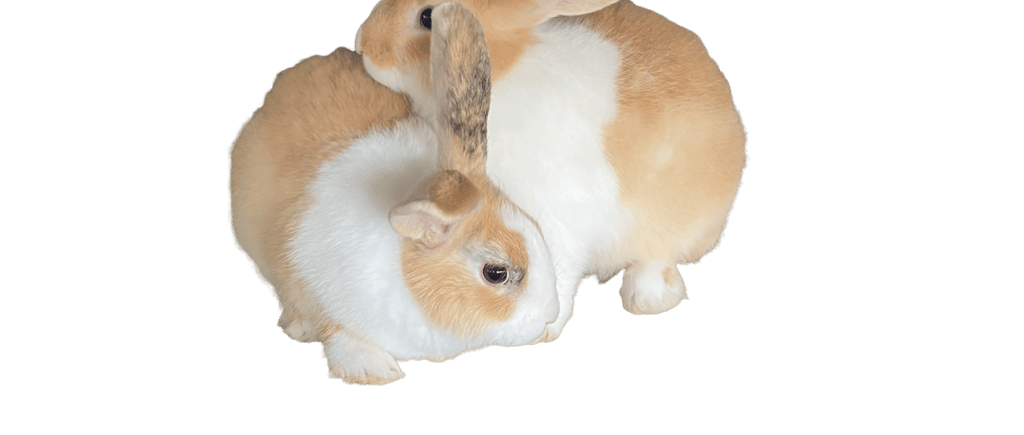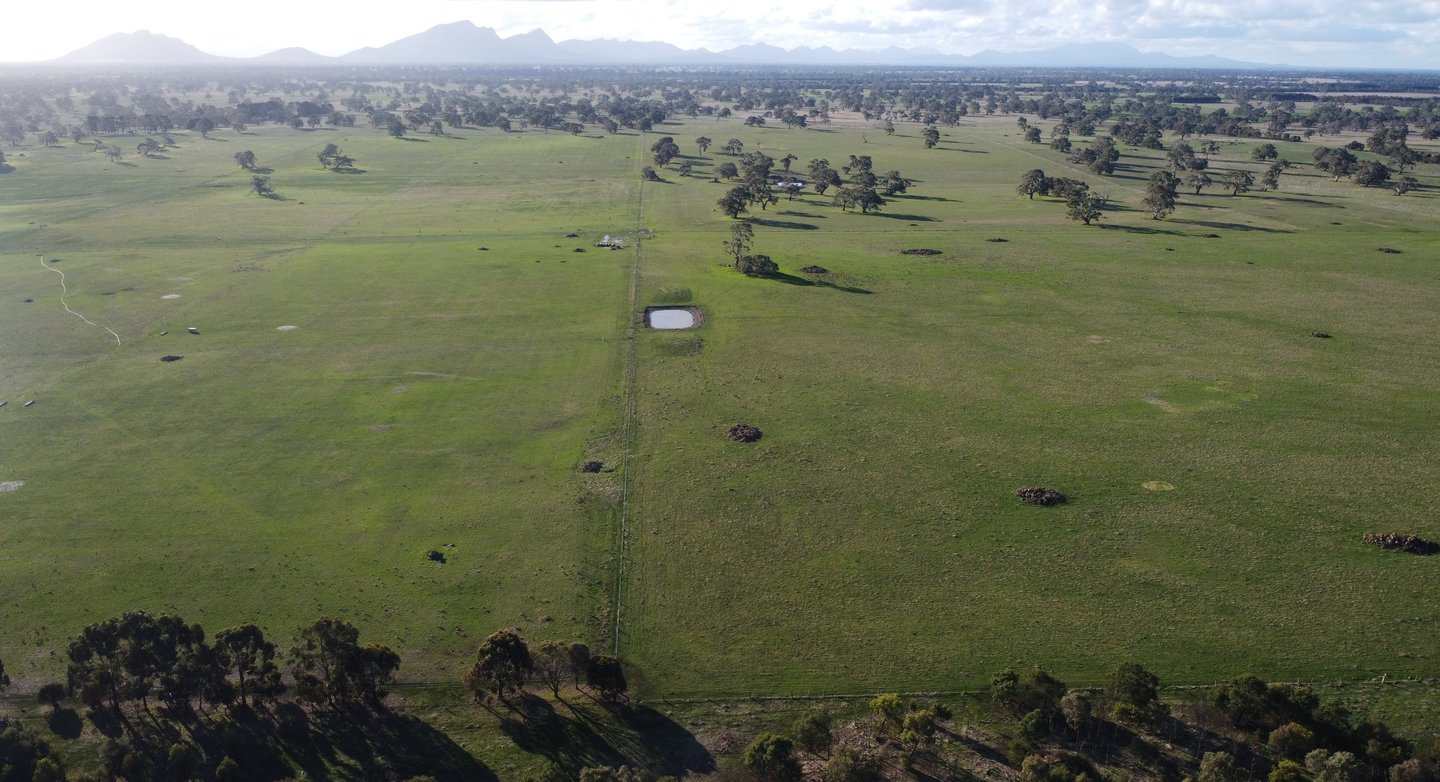The Flemish Giant Rabbit: A Majestic and Gentle Companion


The Flemish Giant Rabbit: A Gentle Giant
Happy Easter! Today, we are going to talk about the fascinating world of the Flemish Giant Rabbit. Not only are they the largest breed of rabbit in the world, but they are also one of the oldest. Originally raised for their meat and fur, these gentle giants have found their way into the hearts of many as beloved pets.
A Majestic Coat
One of the most striking features of the Flemish Giant Rabbit is its thick, glossy, and smooth fur. This luxurious coat is the reason they were originally bred for their fur. However, it also means that they don't handle hot weather very well. Their dense fur can make them more prone to fur mites and ear mites, so proper care and regular grooming are essential to keep them healthy and comfortable.
Distinctive Features
The Flemish Giant Rabbit is easily recognizable by its long, v-shaped ears and excellent eyesight. These are adaptations they have retained from their wild ancestors. Their bodies are arch-shaped, giving them a regal and majestic appearance, and they have rounded tails that add to their overall charm.
When it comes to their diet, Flemish Giant Rabbits require a balanced and nutritious diet to maintain their health and well-being. A diet rich in hay, fresh vegetables, and high-quality rabbit pellets is recommended. It's important to monitor their food intake and provide them with plenty of fresh water.
As with any pet, proper housing and exercise are crucial for the overall well-being of Flemish Giant Rabbits. They need ample space to move around and stretch their legs. Providing them with a large, secure enclosure or a spacious indoor area is essential. Regular exercise and mental stimulation, such as toys and tunnels, are also important to keep them happy and healthy.
The Benefits of Rabbit Manure in Your Garden
Rabbit manure may not be the first thing that comes to mind when thinking about fertilizing your garden, but it can actually be a valuable resource for improving soil health and promoting plant growth. While some gardeners may have concerns about potential pathogens, the benefits of using rabbit manure far outweigh any potential risks.
Soil Structure and Porosity
One of the key benefits of rabbit manure is its ability to improve the structure and porosity of the soil. As the manure breaks down, it helps to create a crumbly texture that allows for better water drainage and root penetration. This can be particularly beneficial for heavy clay soils that tend to become compacted and waterlogged.
Nutrient-Rich Fertilizer
Rabbit manure is also a nutrient-rich fertilizer that can provide essential elements for plant growth. It contains high levels of nitrogen, phosphorus, and potassium, which are the primary nutrients needed by plants. These nutrients are released slowly as the manure decomposes, providing a steady supply of nourishment for your plants.
Biological Activity in the Soil
In addition to its nutrient content, rabbit manure also promotes biological activity in the soil. It contains beneficial microorganisms and earthworms that help to break down organic matter and release nutrients for plant uptake. These organisms contribute to the overall health and fertility of the soil, creating a thriving ecosystem for plants and other organisms.
Application Methods
There are two main schools of thought when it comes to applying rabbit manure to the garden. Some gardeners prefer to add it directly to the soil, either by spreading it around the base of plants or incorporating it into the top few inches of soil. This allows the nutrients to be readily available to the plants.
Others choose to compost the rabbit manure first, as a precautionary measure to ensure the breakdown of any potential pathogens. Composting also helps to further break down the manure and create a more balanced and stable fertilizer. The composted manure can then be applied to the garden beds or used as a top dressing around plants.
Conclusion
While there may be some concerns about potential pathogens, the benefits of using rabbit manure in your garden far outweigh any risks. It improves soil structure, enhances porosity, provides essential nutrients, and promotes biological activity. Whether you choose to apply it directly or compost it first, rabbit manure can be a valuable resource for nourishing your plants and creating a healthy and thriving garden.
In Conclusion
In conclusion, the Flemish Giant Rabbit is a remarkable breed that has captured the hearts of many. Their impressive size, distinctive features, and gentle temperament make them a popular choice for pet owners. While their thick fur requires extra care, the joy and companionship they bring are well worth the effort. If you're considering adding a rabbit to your family, the Flemish Giant Rabbit might just be the perfect fit.


